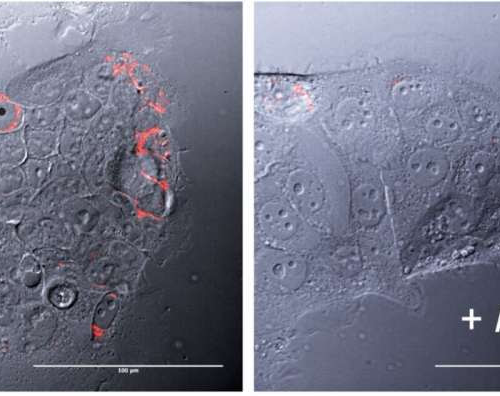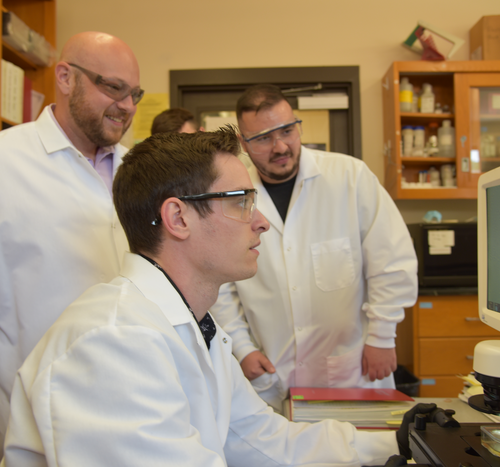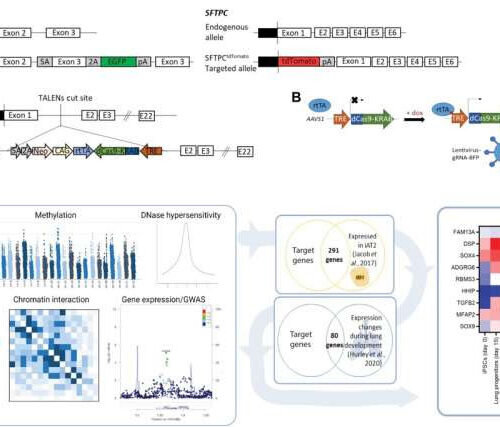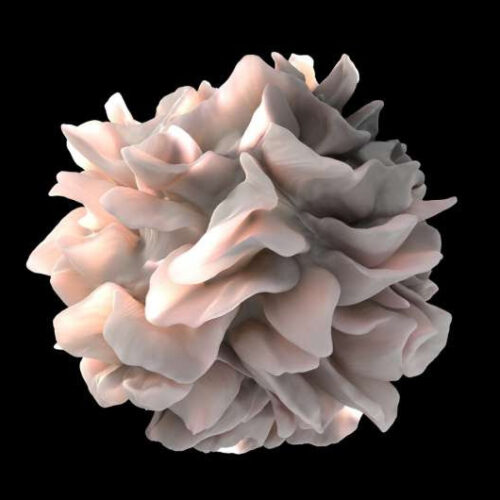by Center for Research in Biological Chemistry and Molecular Materials (CiQUS) Cancer stem cells, marked in red, disappear in the presence of the reference compound (Ru1). Credit: Center for Research in Biological Chemistry and Molecular Materials (CiQUS)Many cancer therapies, in addition to producing numerous side effects, fail to achieve complete tumor remission, partly due to...
Tag: <span>development</span>
Sleep disorders found to differ for autism, ADHD versus typical development
by Elana Gotkine For most types of sleep disorders, there are significant differences for children with autism spectrum disorder (ASD) and those with attention-deficit/hyperactivity disorder (ADHD) compared with typically developing (TD) children, according to a study published online Dec. 29 in Autism Research. Carmen Berenguer, Ph.D., from the Universitat de València in Spain, and colleagues...
Unlocking a decades-long mystery that has hampered development of a walking pneumonia vaccine
UNIVERSITY OF CONNECTICUT IMAGE: ASSOCIATE PROFESSOR STEVEN SZCZEPANEK (STANDING, LEFT) WITH GRADUATE STUDENTS TYLER GAVITT (SEATED) AND ARLIND MARA (STANDING, RIGHT). CREDIT: JASON SHELDON/UCONN PHOTO Researchers in the College of Agriculture, Health and Natural Resources are working to unlock a decades-long mystery that has hampered development of a walking pneumonia vaccine. Associate Professor Steven Szczepanek and Professor...
CRISPR technology highlights genes that contribute to the development of emphysema and COPD
by Boston Medical Center Overview of CRISPRi platform to interrogate COPD GWAS genes. (A) Gene editing strategy to generate inducible CRISPRi iPSC/ESC lines with an NKX2-1–GFP and/or SFTPC-tdTomato reporter. (B) Schematic representation of dox-inducible dCas9-KRAB expression and lentiviral-delivered gRNA targeted to the transcriptional start site (TSS) of genes of interest (GOI) to mediate knockdown. (C)...
How bacteria adhere to cells: Basis for the development of a new class of antibiotics
GOETHE UNIVERSITY FRANKFURT FRANKFURT. The adhesion of bacteria to host cells is always the first and one of the decisive steps in the development of infectious diseases. The purpose of this adhesion by infectious pathogens is first to colonize the host organism (i.e., the human body), and then to trigger an infection, which in the...
New research sets stage for development of salmonella vaccine
UNIVERSITY OF FLORIDA With the COVID-19 vaccines on many people’s minds, some may be surprised to learn that we do not yet have vaccines for many common infectious diseases. Take salmonella, for example, which can infect people through contaminated food, water and animals. According to the World Health Organization, non-typhoidal salmonella infection affects more than...
The Development of DNA Vaccines
By Benedette Cuffari, M.Sc. Reviewed by Emily Henderson, B.Sc. The concept of a DNA vaccine was first proposed in 1990. Since then, DNA vaccines have been widely studied for their ability to induce both cellular and humoral immune responses against certain infectious agents. An overview of vaccinations Vaccines are considered to be one of the...
Important factor in the development of dendritic cells identified
by Medical University of Vienna Artistic rendering of the surface of a human dendritic cell illustrating sheet-like processes that fold back onto the membrane surface. Credit: National Institutes of Health (NIH) The human immune system comprises functionally specialized cellular defense mechanisms that protect the body against disease. These include the dendritic cells. Their main function is...
New factor in the development of psoriasis discovered
by Medical University of Vienna Credit: Estzer Miller on Pixabay Psoriasis is a common inflammatory skin condition. The underlying genetic factors have not yet been sufficiently researched. The skin inflammation is usually triggered by external factors such as infections or stress. A research team at the Institute of Cancer Research of the Medical University of Vienna has now managed to...







